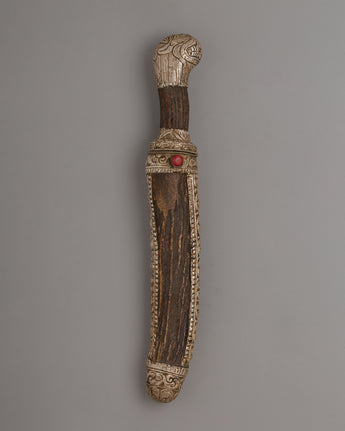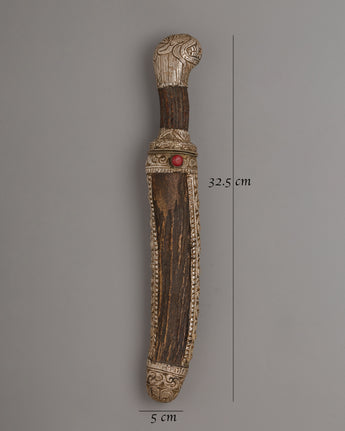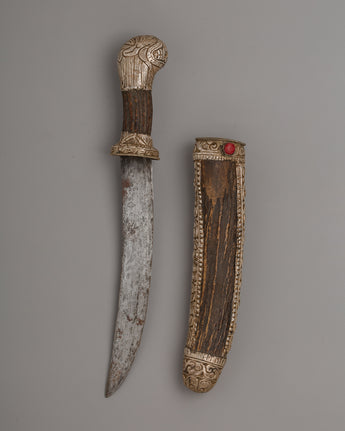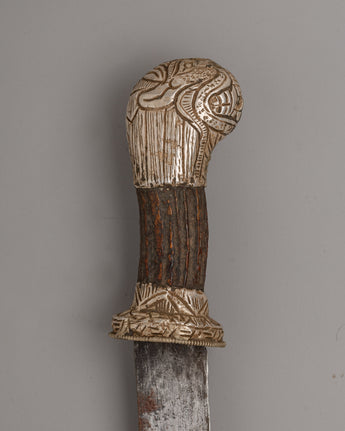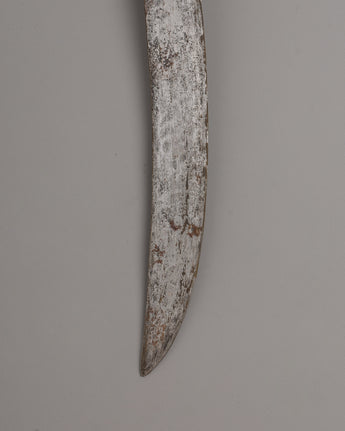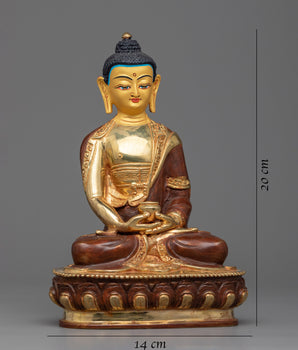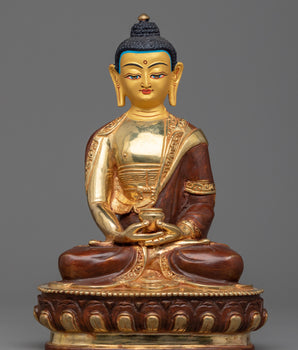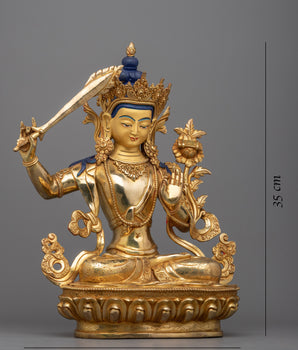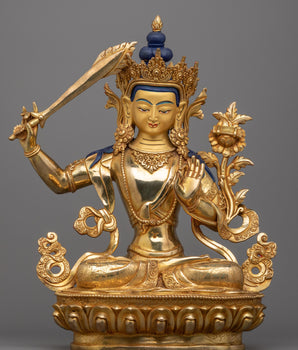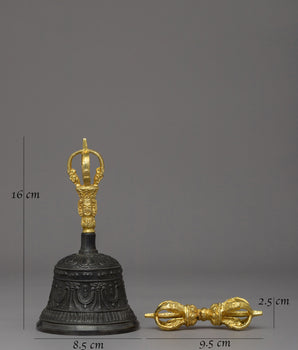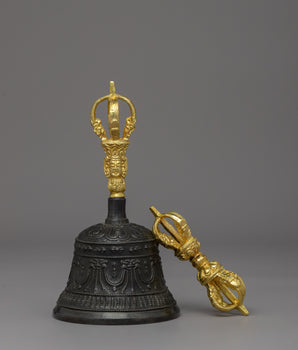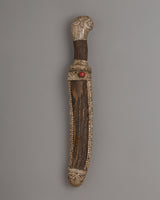
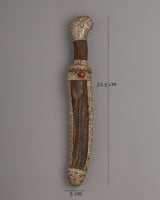
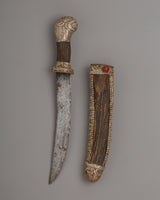
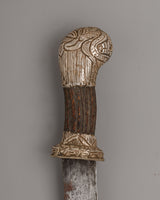
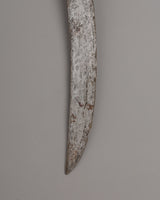
Handcrafted Ritual Silver Knife | A Sacred Tibetan Artifact

100% AUTHENTIC

HANDMADE

FREE SHIPPING
An Elegant Silver Knife for Ritual and Dharma
----------------------------------------
Size: 32.5 cm(Height) x 5 cm(Width)
Weight: 0.51 kg
Material: Legally Sourced Yak Horn, Silver, Coral
----------------------------------------
About Our Buddhist Knife
The Ritual Silver Knife in the image is an elegant and meticulously crafted tool that features an exquisite combination of natural and precious materials. Standing 32.5 cm tall, the handle is made of legally sourced yak horn, which has a tactile warmth and unique texture that distinguishes it. The horn's natural grain and coloration contrast beautifully with the polished elements of the design. The handle's end is finished with an intricately carved silver cap with fluid, organic patterns that add visual appeal while providing a comfortable grip. The silver's smooth and polished surface gives the piece an air of sophistication.
The blade's guard is adorned with a vibrant coral inlay whose deep red hue stands out against the more muted tones of the yak horn and silver. This coral detail has both visual and symbolic significance, as it is often associated with protection and strength in traditional cultures. The coral is set within an ornate silver band, which complements the elegant detailing throughout the knife and emphasizes its ritualistic and ceremonial significance.
The blade appears well-crafted, but the focus remains on the handle and adornments. The materials used in its construction, particularly the yak horn and silver inlays, distinguish it as a unique and culturally significant object. The combination of natural beauty, artistry, and symbolic inlay work elevates this knife beyond a simple tool, establishing it as an essential ceremonial or decorative artifact. It demonstratesg a high level of craftsmanship and respect. It demonstrates design.
Introduction to Ritual Dagger
A Tibetan knife, also called a "phurba" or "kila," has cultural and symbolic meaning in Tibetan traditions. The unique three-sided blade of this ceremonial dagger represents the victory over ignorance, desire, and aversion in Buddhism. Tibetan knives, adorned with elaborate carvings and frequently have a tripartite handle representing different gods, are an essential part of religious rites, ceremonies, and spiritual practices. In addition to their spiritual significance, these knives might have practical uses in daily life, exhibiting a combination of deep cultural symbolism and usefulness in Tibetan communities.
How to set up your own Buddhist Shrine?
-Find a clean, quiet, and uncluttered spot.
-Set up an altar table, and cover it with an altar cloth that calls to you.
-Place your sacred item (statue, thangka, or a picture of Buddha) at the center.


